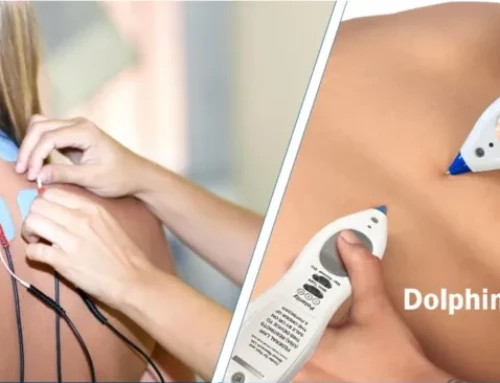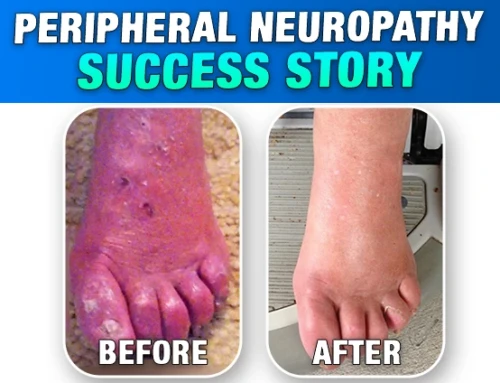Chronic pain is a curse that proves to have a tremendous impact on the quality of life of its sufferers.
Over the years, man has explored myriad of ways and strategies to treat this bane. From home and natural treatments, we have now developed medications, surgical and non-surgical treatments, physical therapy strategies, cognitive and behavioral therapies, and countless other complementary and alternative medicines that all aim to completely banish this perennial health complaint. But despite all these pain management strategies, that Holy Grail in pain management still remains elusive.
One hopeful prospect in this seemingly never-ending quest is Microcurrent Point Stimulation (MPS). A hybrid Complementary and Alternative Medicine, MPS is borne out of decades of clinical practice and research on pain management. It integrates ancient and modern Western and Eastern therapies into one convenient, highly effective modality.
MPS is often compared with massage therapy because of the similar theories employed in these modalities. Massage therapy helps treat pain by interrupting the cycle of pain transmission, the same as with MPS. In massage therapy, the therapist targets pressure points or trigger points to induce several effects that include a relaxation response, analgesic effect, increased lymphatic and blood circulation, overriding of pain stimuli, and manual release of spasms.
Although massage therapy has long been accepted and employed in different chronic pain conditions, its theoretical basis is still inconclusive. Moreover, massage therapy may not lead to desired results in every chronic pain conditions.
A different approach to massage therapy
Microcurrent Point Stimulation (MPS) is a modern approach to massage therapy as it combines acupressure theories with MPS-concentrated microcurrent stimulation. In this modality, very low electrical impulses are directed to acupressure or acupuncture points resulting in relaxation of muscles and the nervous system. In a randomized study, the continuous use of MPS has effectively helped relieve pain.
Unlike the conventional massage therapy, MPS gets deep into the biochemical activity of the cells to hasten healing process from within. Clinical trials show that the MPS works by regulating the two pathologies that contribute to pain experience. First, MPS works by causing soft-tissue changes surrounding the nerve-root entrapment, which is a main driver in the pain cycle. Second, it releases scar, which is thought to cause “interference fields” that result in pain. The scarred tissue causes the abnormal transmission of electrical impulses. By applying MPS directly around these scar tissues, cellular metabolism is improved, and scar tissues are reduced and softened. These ultimately result in a structural realignment and deregulation of the autonomic nervous system.
These changes occur deep in the cellular and tissue levels, not just superficially, as with massage therapy. It may take time for major changes or relief to occur but this pain relief definitely leads to lasting results.
Perhaps, another major difference between MPS and massage therapy is its convenience. Unlike massage therapy where you will need a therapist to perform the modality, MPS can be done at your own pace. Dolphin Neurostim is a technology that allows you to apply MPS into the specified acupressure points.
Why MPS is more effective than Massage Therapy?
What makes MPS more effective than massage therapy is that it employs knowledge based on the understanding of pain cycle, acupressure/acupuncture philosophies, as well as the regulation of the autonomic nervous system – a key driver in the pain cycle. Although massage therapy can provide effective pain relief in an instant, these effects are often short-lived. With MPS, the root cause of the pain cycle is addressed thereby providing effective, lasting pain relief.
As a final note, massage therapy and MPS should not be pitted against each other, as well as, with other pain management strategies. On the contrary, these modalities may be used adjunctively to provide a holistic approach to chronic pain. This should definitely help countless sufferers enjoy quality of life.






Leave A Comment